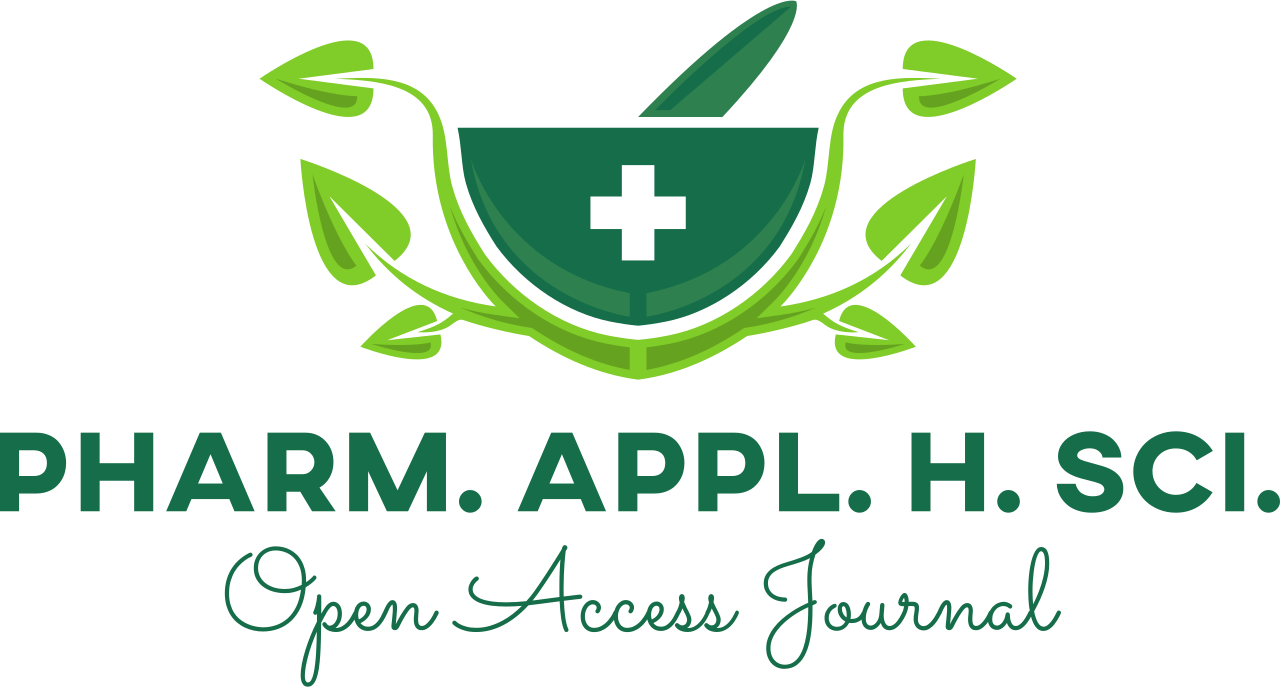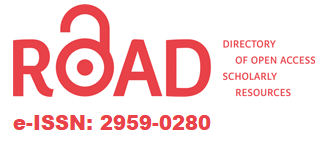Anatomical Study and Antimicrobial Activities of Ammimajus
DOI:
https://doi.org/10.59480/phahs.v1i2.12Keywords:
Ammimajus, Antimicrobial activity, Plant extracts, Antibacterial activityAbstract
Ammimajus is a plant species in the family Apiaceae, The purpose of this study was to assess anatomical and antibacterial and antifungal activities of Ammimajus, which taken from collage of Sciences/Salaheddin University/Erbil. Anatomical studies by the using paraffin method, have shown that the outline of stems, petiole lamina, and margin, they contain secretary canals with presence unicellular glandular and unicellular non glandular trichomes. The antimicrobial activity prepared by extract using ethanol (95%) method from stem, leaf and flower, then provide the different concentration of extract, which shown the exhibit antibacterial effects on some microorganisms as Staphylococcus aureus,Acinetobacterbaumannii, Pseudomonasaeruginosa and Candida albicans.
References
Zhang, L. et al. Antifungal activity of the ethanol extract fromflos rosae chinensiswith activity against fluconazole-resistant clinicalcandida,” Evidence-Based Complementary and Alternative Medicine. 2017: 1–10. Available at: https://doi.org/10.1155/2017/4780746.
Adham, A, Abdulah, Z. Antibacterial and antibiofilm activity of Ammi majus seed against gram-positive bacteria,” Zanco Journal of Medical Sciences. 2017;21(1):1664–1672. Available at: https://doi.org/10.15218/zjms.2017.018.
Al-Snafi,AE. Chemical Constituents and Pharmacological Activities Ammimajus and Ammivisnaga. A Review International Journal of Pharmacy and Industrial Research. 2013;03(03):257-265.
Al-Hhadhrami,R.M.S. and Hossain,M.A.(2016). Evolution Of Antioxidant, Antimicrobial And Cytotoxic Activities of Seed Crude Extracts Of AmmimajusGrown In Oman. Egyptian Journal of Basic And Sciences 3;329-334.
Hashim S, Jan A, Marwat, KB, Khan, MA. PhytochemistryAnd Medicinal Properties Of Ammivisnaga (Apiacae). International Nuclear Information System. 2014;46(3);861-867.
Najmaddin C, Jalal B. Anatomically and Palynologically Studies Of Some CarthamusTinctorius Genotypes Dynamic Network for Research Works, 2016.
Khashan A, Chyad A, SarhanS, Ibrahim S. Antibacterial Activity of Black Grape Leaf (Vitisvinifera L) Extracts AgainstStaphylococcus aureusIn-Vitro, 2018.
El Karkouri J. et al. Identification and antioxidant activity of Ammi Visnaga L. Polyphenols from the Middle Atlas in Morocco,” Mediterranean Journal of Chemistry. 2020;10(7):649.
Al Akeel R et al. Evaluation of antibacterial activity of crude protein extracts from seeds of six different medical plants against standard bacterial strains,” Saudi Journal of Biological Sciences. 2014;21(2):147–151. Available at: https://doi.org/10.1016/j.sjbs.2013.09.003.
YILMAZ GÃ, TEKIN M. Anatomical and palynological studies on chaerophyllum astrantiae and C. aureum in Turkey,” Notulae Botanicae Horti Agrobotanici Cluj-Napoca. 2013;41(2):355. Available at: https://doi.org/10.15835/nbha4129121.
Ebru Ataşlar HAA, Ataşlar E. The anatomical structure of endemic Peucedanum graminifolium Boiss. (Apiaceae / Umbelliferae) . Journal of Faculty of Pharmacy of Istanbul University. 2015;44(2):225-232. Available at: https://dergipark.org.tr/tr/pub/iujfp/issue/585/5882.
Khalil N. et al. Ammi Visnaga L., a potential medicinal plant: A Review. Molecules. 2020;25(2):301. Available at: https://doi.org/10.3390/molecules25020301.
Downloads
Published
How to Cite
Issue
Section
License
Copyright (c) 2022 Chnar N. Fathulla, Fouad H. Kamel, Shaho I. Rahman, Abdulkareem S. Othman, Tariq W. Sadeq

This work is licensed under a Creative Commons Attribution-NonCommercial-NoDerivatives 4.0 International License.
All PHAHS Journal articles are published under the terms of the Creative Commons Attribution-NonCommercial-NoDerivatives 4.0 International License (CC BY-NC-ND 4.0) which allows authors retain copyright and others may not use the material for commercial purposes. A commercial use is one primarily intended for commercial advantage or monetary compensation. If others remix, transform, or build upon the material, they may not distribute the modified material.
Copyright on any research article published by the PHAHS Open Access journal is retained by the author(s). Authors also grant any third party the right to use the article freely as long as its original authors, citation details and publisher are identified.
Use of the article in whole or part in any medium requires attribution suitable in form and content as follows: [Title of Article/Author/Journal Title and Volume/Issue. Copyright (c) [year] [copyright owner as specified in the Journal]. Links to the final article on PHAHS website are encouraged where applicable.
The CC BY-NC-ND 4.0 Creative Commons Attribution License does not affect the moral rights of authors, including without limitation the right not to have their work subjected to derogatory treatment. It also does not affect any other rights held by authors or third parties in the article, including trademark or patent rights, or the rights of privacy and publicity. Use of the article must not assert or imply, whether implicitly or explicitly, any connection with, endorsement or sponsorship of such use by the author, publisher or any other party associated with the article.










